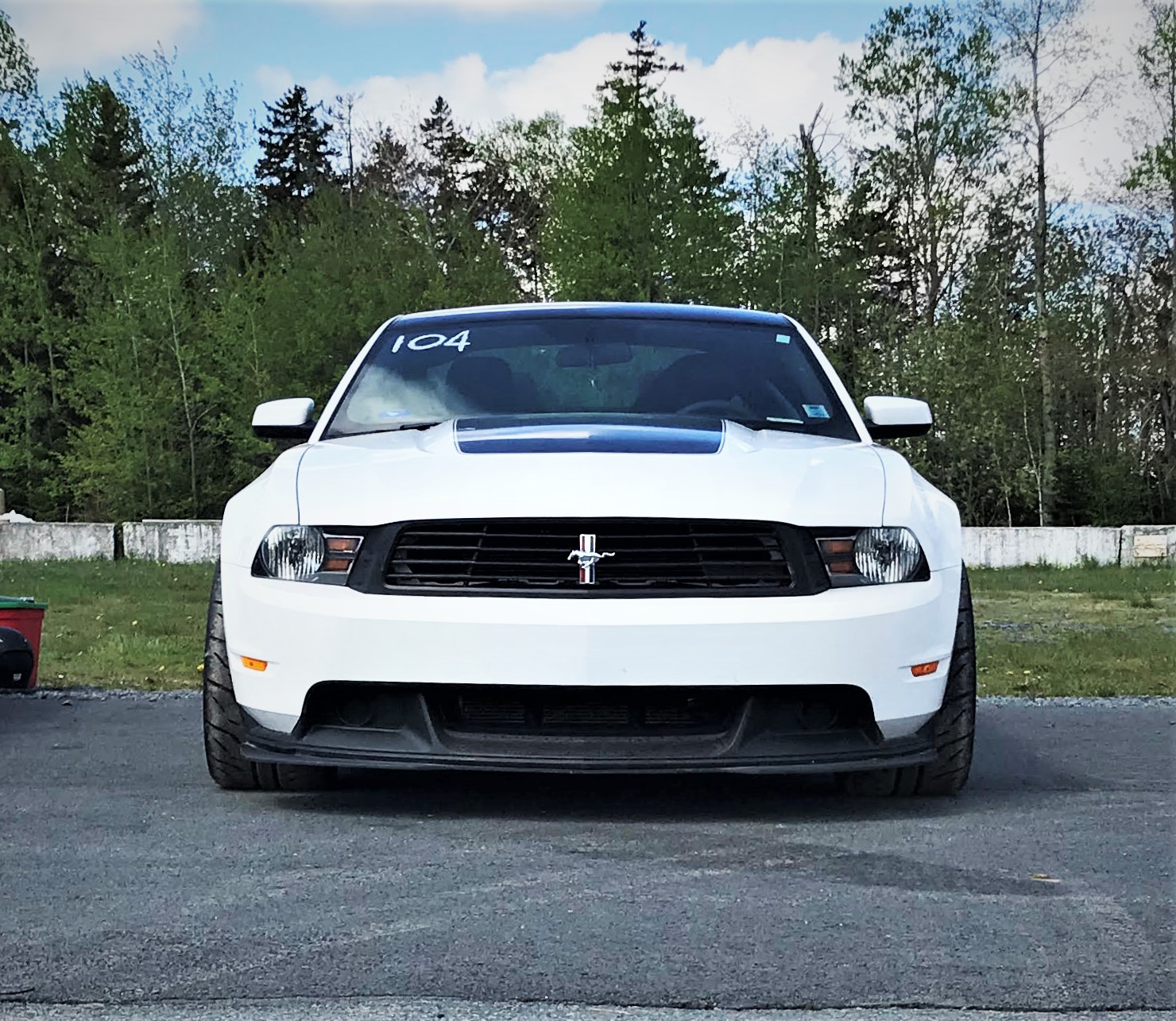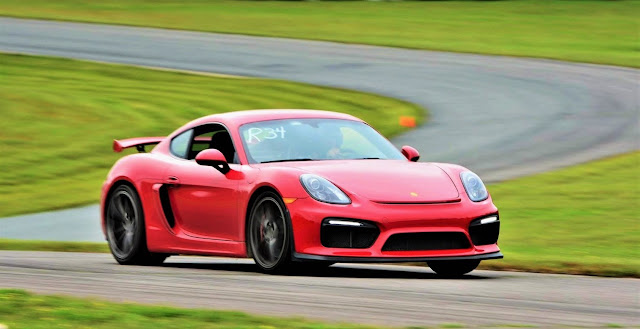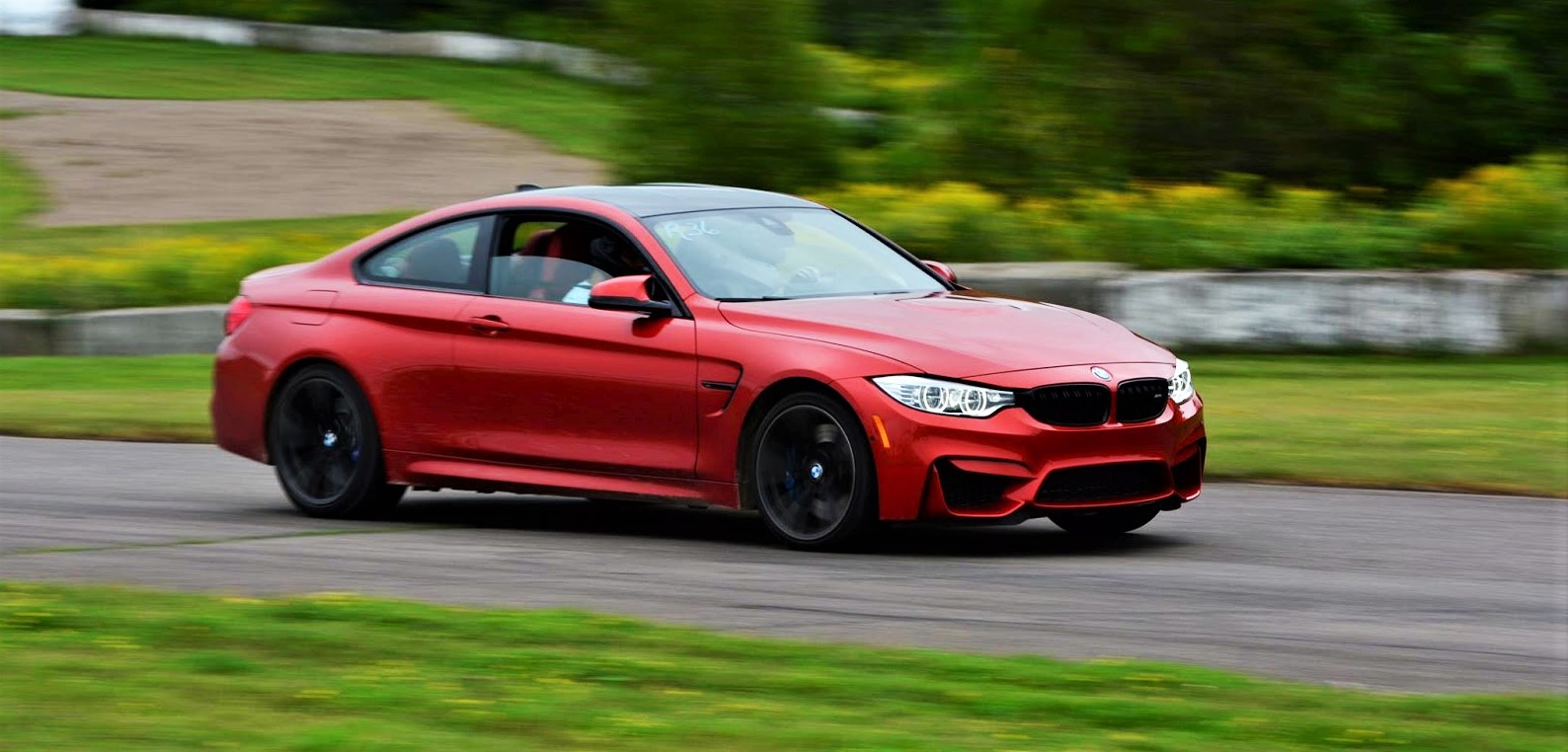The 2015 Mustang is finally here and it must be said, I'm pleasantly surprised (for the most part). The folks at Car and Driver were almost bang on with the final rendering that they posted a few weeks ago (2015 Mustang Leaked). This isn't a rendering though, this is the real thing straight from Ford.
Although I am not a fan of a few things, it is much better than I thought it would be. Considering all the talk about the Mustang going global and ditching traditional styling, I am very happy with the result. I think it looks absolutely fantastic. There's one problem, though, which is that it is unmistakably a Mustang only from most angles, not all. Looking at the picture below, if you remove the iconic pony from the wheel centre cap, it does not look like a Mustang. And it doesn't have to look retro to look like a Mustang because the rest of the car is very distinctly Mustang but looks very modern. From the front wheels back, it looks excellent; the profile, the roof, the rear end, the hips (yes, these are hips, not shoulders) and the stance are all done right. The front, however, not so much. The lights are too long and narrow. I think it would have looked much better if the headlights stopped at the edge of the front fascia while everything else remained unchanged. Nevertheless, the from end still looks striking and muscular.
The stance is improved by the new dimensions as the new car is lower and wider. Emphasized by the wide rear end, the rear track is a whole 3 inches wider than the current generation while the whole car is 1.5 inches wider at 188.3 inches. Other than that, there are few changes. Despite a lot of speculation that the 2015 Mustang will be smaller, it is essentially the same size. Overall length is 188.3 inches which is only 0.2 inches shorter than the current model but it sits 1.4 inches lower at 54.4 inches. Wheelbase is identical at 107.1 inches. This means that if the new car is lighter than the outgoing model, it will be through better chassis design and material selection, not shrinking in size.
Speaking of weight, there have been rumours of it being as much as 400 lb. lighter than the outgoing model. I couldn't find any information about the weight of the new model but I'm not holding my breath for 400 lb. Chevrolet cut almost 100 lb. off the chassis of the new C7 Corvette yet it is slightly heavier than the C6 Corvette due to added technologies and features and, unfortunately, I would expect the same to hold true for the Mustang.
Inside, the car will gain a tilting and telescoping steering wheel as opposed to the current tilting-only wheel, keyless entry, adaptive cruise control, push button start and a rev matching feature on manual transmission equipped models. Improved stability and traction control systems will also be available. If there's one improvement to the interior that the car needed the most, though, it would have to be the location of the cup holders. The cup holders were moved slightly to the right and the gear shifter moved to the left. Being a manual-equipped Mustang owner, I can say that this will be much appreciated. As was the case with previous models, Recaro seats are expected to come back as options.
The major change under the hood is the addition of the 2.3 litre 4 cylinder EcoBoost engine which is expected to be a mid-level engine that slots between the 3.7 litre V6 and 5.0-litre V8 which are expected to carry over with some upgrades. The V8 will gain hardware from the now-out-of-production Boss 302 such as the valve springs and connecting rods as well as an oil cooler. Expect power and torque numbers to be higher than the 420 hp and 390 lb-ft of torque of the current Coyote engine. Output of the V6 shouldn't change much to prevent the performance of the V6 from being too close to that of the EcoBoost engine.
Last but very certainly not least, the chassis. I have always felt that the solid rear axle gave the Mustang some sort of a charm - it was a flaw that every Mustang had to work with while battling with the world's top performance cars the same way the Porsche 911 always had its engine in the wrong place. Nevertheless, the new platform, S550, finally gives the Mustang an independent rear suspension which should improve both ride handling and I can't say that I'm not happy about that. The unfortunate part, though, is that this is probably going to be the best suspension and chassis to ever underpin a Mustang but it won't be perfect. The perfect Mustang, in my opinion, should look like the current generation (or even better, a 1967 fastback) and have the new S550 chassis, the 5.0 litre V8 Roadrunner engine and the transmission out of a GT500 but with the former Boss 302's gear ratios.
Since that Mustang will probably never be built, at least not by Ford, I am very happy with what we have here. I'm sure it will be excellent to drive and the updated look will bring more fans to the Mustang nameplate. Pricing has yet to be announced, but I expect the GT to go up in price, the V6 to start at close to the current price and the EcoBoost-equiped Mustang (SVO anyone?) to slot in between. Road tests for all three models can't come soon enough!

















Comments
Post a Comment